Technical Description:
Astronomer’s Assistant is an advanced AI-powered tool tailored to meet the complex demands of astronomical research, observation, and data analysis. Leveraging the latest GPT architecture, it combines deep astrophysical knowledge with cutting-edge computational capabilities, providing support across every stage of research. Whether you are interpreting spectroscopic data, conducting large-scale cosmological simulations, or studying stellar evolution, Astronomer’s Assistant delivers precise, data-driven insights designed for accuracy and scientific advancement.
Unlike conventional astronomy tools, Astronomer’s Assistant integrates real-time astronomical data, advanced theoretical models, and observational techniques to offer an unparalleled depth of analysis. Its broad capabilities include everything from enhancing telescope scheduling and observational data processing to guiding theoretical research in dark matter and exoplanet discovery. This assistant enables researchers to streamline their workflow, mitigate risks, and enhance their contributions to the ever-expanding field of astronomy.
Key Features and Capabilities:
Optimized Data Interpretation and Analysis
- Details: Provides robust data analysis tools to interpret complex astronomical datasets.
- Features:
- AI-powered analysis of spectroscopic, photometric, and redshift data for more accurate observations.
- Support for the interpretation of large-scale sky surveys, such as SDSS and LSST, allowing for deep cosmological studies.
- Customized algorithms for analyzing and modeling light curves from variable stars, transiting exoplanets, and gravitational lensing events.
Advanced Simulation and Theoretical Research Tools
- Details: Facilitates high-level theoretical work in cosmology, astrophysics, and planetary science.
- Features:
- Simulation capabilities for galaxy formation, star evolution, and cosmological expansion.
- AI-driven modeling of black hole dynamics, dark matter distribution, and cosmic microwave background (CMB) analysis.
- Integration with existing simulation tools (Python, MATLAB) to enhance research accuracy and efficiency.
Observational Guidance and Telescope Scheduling
- Details: Offers expert support in planning and optimizing observational campaigns.
- Features:
- Telescope scheduling recommendations based on celestial event tracking, including eclipses, transits, and occultations.
- AI-powered selection of optimal observation windows, considering factors like weather conditions and sky visibility.
- Support for both ground-based and space telescopes, including Hubble, James Webb, and VLT.
Risk Mitigation and Research Strategy Support
- Details: Helps identify potential risks and inefficiencies in observational and theoretical projects.
- Features:
- Risk assessments related to observational uncertainties, telescope downtime, and data limitations.
- Research timeline optimization and project planning guidance to ensure efficient use of resources and funding.
- AI-driven assistance for grant writing and proposal preparation, boosting research project viability.
Real-Time Updates and Discoveries
- Details: Keeps users informed of the latest astronomical discoveries and trends.
- Features:
- Real-time alerts on new celestial events, discoveries, and breakthrough research in astronomy.
- Up-to-date information on gravitational waves, dark matter experiments, exoplanet atmospheres, and more.
- Seamless integration with astronomical databases and archives to provide instant access to newly published papers and datasets.
Conclusion:
Astronomer’s Assistant is a powerful and essential tool for anyone involved in astronomy, whether you are conducting professional research or exploring the universe as an enthusiast. Its combination of advanced data analysis, simulation capabilities, and real-time observational guidance allows researchers to stay at the cutting edge of astronomical discovery. From risk mitigation strategies to AI-driven insights on theoretical models, Astronomer’s Assistant ensures your work is precise, efficient, and impactful. Whether your focus is on galaxy evolution, planetary science, or observational astronomy, this assistant provides the expertise needed to navigate the complexities of space exploration with confidence.
Frequently Asked Questions (FAQs)
Q1: How does Astronomer’s Assistant assist with data analysis from telescopes?
Answer: Astronomer’s Assistant uses AI-powered tools to analyze data from spectroscopic, photometric, and redshift measurements, offering advanced interpretations and insights to optimize observational accuracy.
Q2: Can this GPT model help with theoretical research in cosmology?
Answer: Yes, Astronomer’s Assistant supports complex simulations and modeling in cosmology, including galaxy formation, black hole dynamics, and dark matter distribution, offering in-depth theoretical guidance.
Q3: How does Astronomer’s Assistant enhance observational planning?
Answer: The assistant provides AI-driven recommendations for telescope scheduling, optimal observation windows, and celestial event tracking, ensuring that observations are conducted efficiently and effectively.
Q4: Is Astronomer’s Assistant suitable for students and amateur astronomers?
Answer: Absolutely. While designed for professional use, Astronomer’s Assistant also offers accessible explanations and guidance, making it an invaluable resource for students, educators, and amateur astronomers looking to expand their knowledge.
Q5: How does this GPT ensure my research is aligned with current astronomical trends?
Answer: Astronomer’s Assistant monitors the latest research, discoveries, and celestial events, providing real-time updates and ensuring your work incorporates the most up-to-date knowledge in the field.
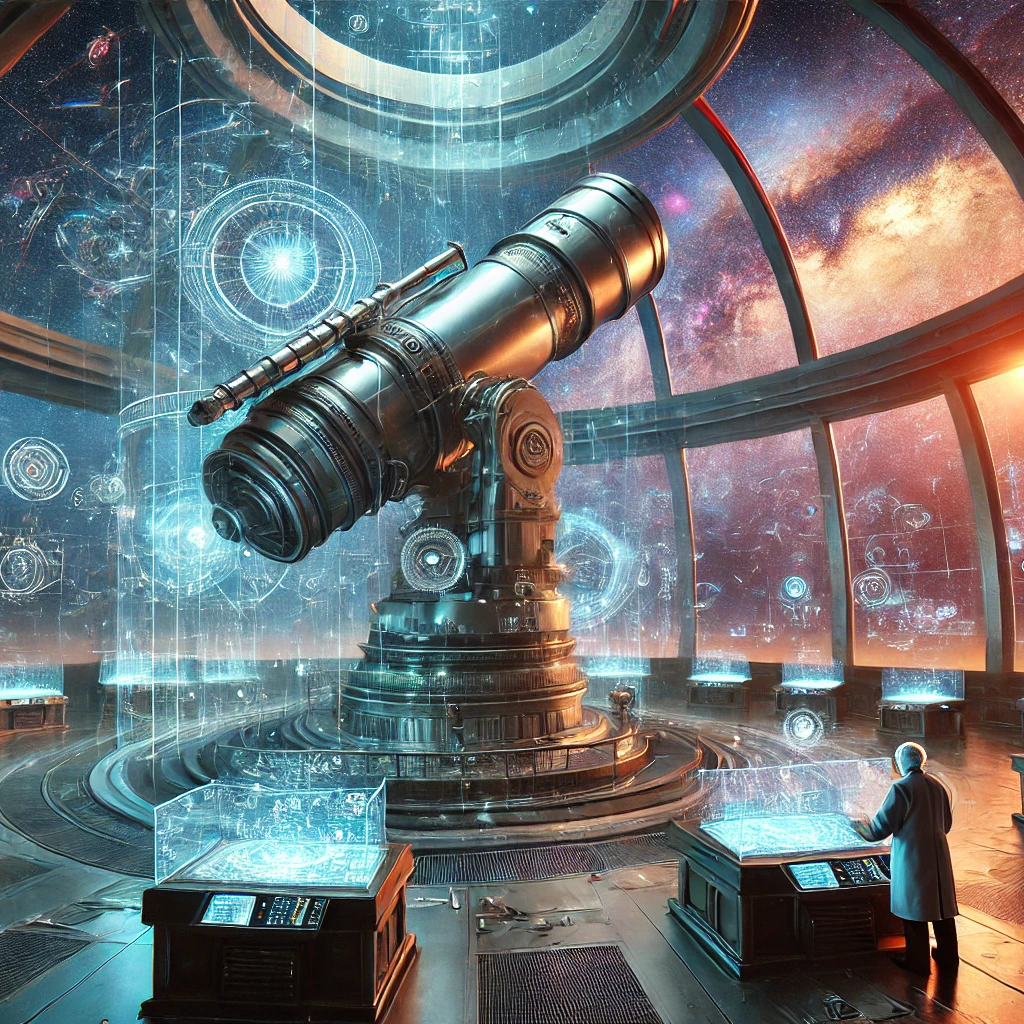
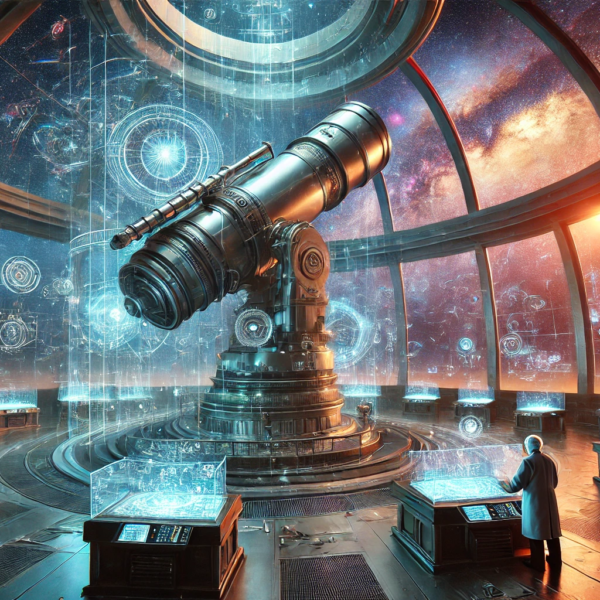


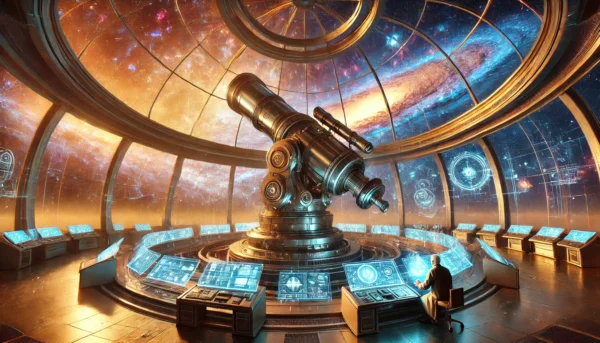
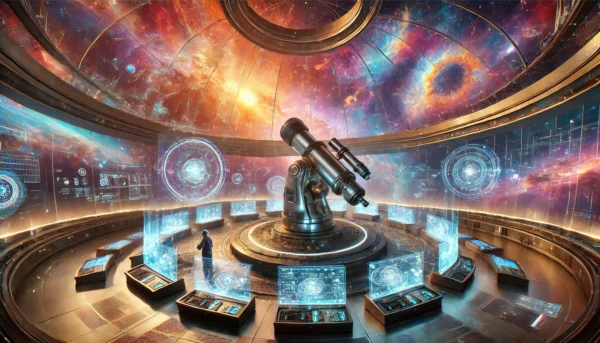




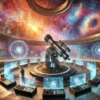











Leave a Reply